CASE STUDY: LA TECH
LTU Teaching Candidates Prepare for the Future with Swivl
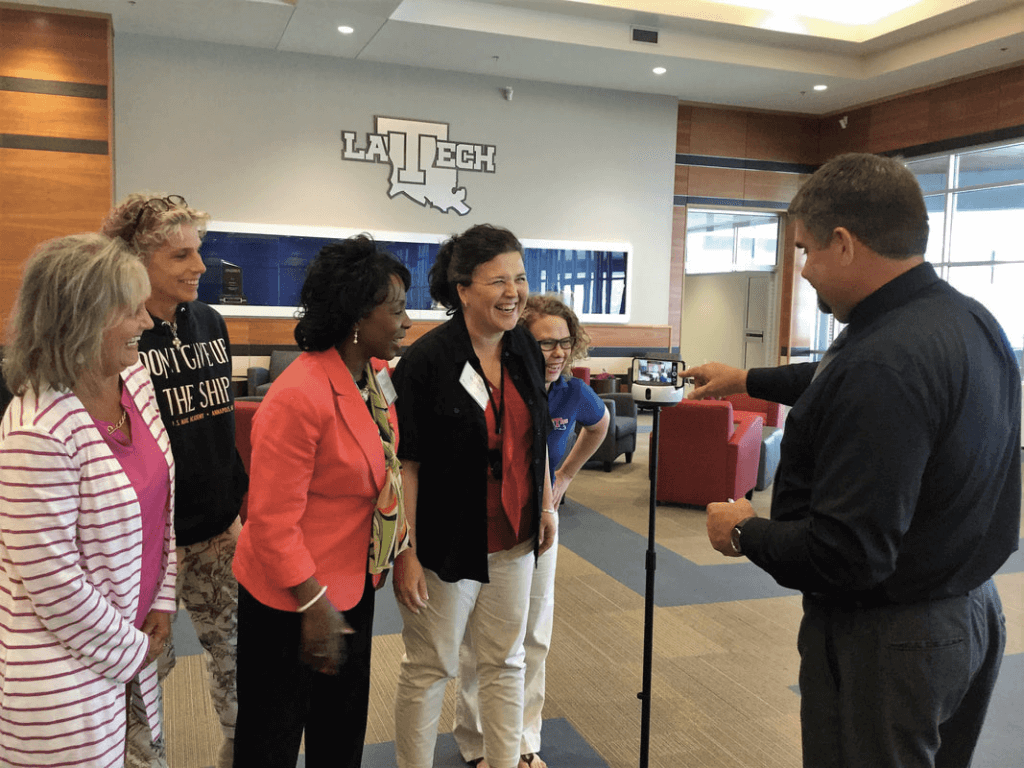
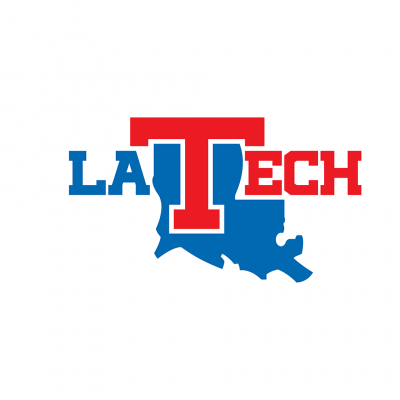
LA Tech at a Glance
Residents
2,000
Faculty & Staff
330
Partner Schools
13
An Immersive Teacher Program
Louisiana Tech University’s Clinical Residency and Recruitment Center (CRRC) works hard to prepare teaching candidates for initial certification in multiple program areas. Their immersive full-year clinical residency program benefits both residents as well as school and district stakeholders. Tech’s program provides co-teaching classroom teams and promotes student success for district partners statewide. Tech use Reflectivity + Robots as their observation and feedback tool. CRRC leadership, residents, and mentors at partnering schools shared how they leverage Swivl for their unique program.
Overview of the Team Model
At the CRRC, faculty follow the TEAM (Teachers, Educators, and Mentors) Model for their teacher residency program. The TEAM Model is a collaborative effort between the university and the school district partners to prepare the future teachers through an August to May apprenticeship with a state approved mentor. The TEAM Model framework has strong foundations from the St. Cloud State University’s Co-Teaching Model, the Danielson Framework for Teaching Tool and Clusters, and adaptations from the University of Alabama Clinical Master Teacher Model.
Residents receive feedback throughout the year from faculty, mentors, school leaders, and supervisors with many opportunities to self-reflect using Swivl’s Rubrics feature. Through the focus on co-teaching, mentor/resident teams can co-plan, co-teach, co-assess, and co-reflect on a daily basis. This relationship provides everyone with opportunities for professional growth.
With a state pilot in 2014- 2015, the residency began at one school district in two elementary schools. Today, with 15 partner districts, each begins with one elementary and one secondary school with opportunities for growth. The use of Swivl for equitable access to classrooms in a 75-mile radius has been a key factor in the state expansion.
Why LA Tech Chose Swivl
When it was time to integrate new and innovative technology for the provision of feedback for residents, Dr. Amy Vessel, Director of the Clinical Residency and Recruitment Center, consulted Dr. David Allen, former Director of Field Experience at Kansas State University and Swivl guru.
Guided by KSU’s protocols on digitally mediated supervision, LA Tech is pairing the use of Swivl with the Danielson Framework for Teaching. Using Domains 2 and 3 from the Framework, Vessel believes adding self-assessment to field and faculty evaluation provides opportunities for self-reflection and a deeper dive into the elements of each domain component for a richer understanding of the Framework.
Swivl also saves time for the university. Swivl’s tools can reduce travel time to the schools and provide efficiency in reviewing teaching together by multiple observers. Additional strengths include real-time bookmarking, time-stamped annotation, and comment play-back viewing mode. Since Danielson Domains integrate into Swivl’s video player, all annotations are downloadable, providing strong evidence of teaching feedback.
Stakeholders in the TEAM Model Framework
How Swivl Was Implemented
Swivl Robots are housed in administrator offices for checkout by the residents and mentors. Only students with parental consent are allowed to be filmed, and there are ways to angle the recording device during setup to meet all permission needs. Additionally, tracking can be paused and restarted to avoid inclusion of students who do not consent to be filmed.
With all TEAM members trained on the Danielson Framework, residents use Rubrics in the Reflectivity to identify evidence aligned to the 11 components in Domain 2 (classroom environment) and Domain 3 (instruction). With each standard from the Rubric in Reflectivity, the resident can provide a description of that evidence. This is a powerful example of using video for self-reflection, and Danielson’s Framework provides a structure for the impact of effective management and instruction.
Sarah Cowell is a 3rd Grade Math and Science resident who graduated in May 2020 and valued having a Swivl Robot in a co-teaching environment. “What I love so far is being able to build off each other [mentor / teacher], how we bounce ideas off each other during the lesson and then review it together to see what worked and what didn’t.
The Robot also helps because even though there are two of us in the room, we can’t always see and hear everything – it lets me hear what students are saying so I can get a better sense of which students are getting distracted.”
In addition to the extra set of eyes and ears (multi-microphone technology), the Robot aids in the development of a resident without too much added stress. Many Teacher Preparation Programs rely on in-person observations for assessing their candidates, and while there is an argument to be made that teaching candidates should become familiar and comfortable with an outside observer entering their classes, the Robot allows for more natural and authentic observations. Feedback from the 2019-2020 residents showed positive support of capturing teaching videos without a physical observer in the room.
* Each time-stamped comment thread can contain components from multiple Rubrics, and a report can be downloaded on each video supporting alignment of scores.
*Domain 1 (planning and preparation) and Domain 4 (professionalism) are captured through other evaluation structures, separately from Swivl.
Years ago, we didn’t have the opportunity to study our teaching. We couldn’t go back after a post-conference and listen to how we talked. Now, you can review your video multiple times, and if you really want to learn and grow in your classroom management or professionalism– the sky’s the limit. To me, it’s a great tool.
— Belinda Birch
Usage Statistics

Residents Using Swivl
60
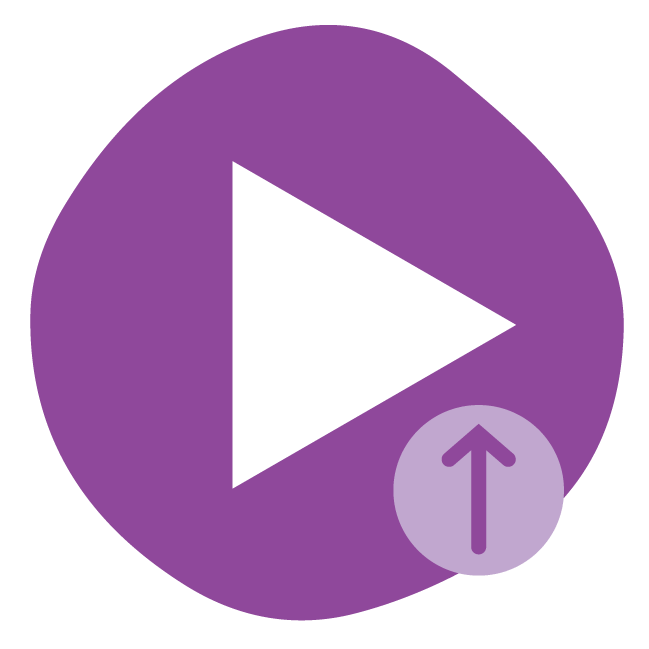
Videos Uploaded
500

Comments Created
2,000
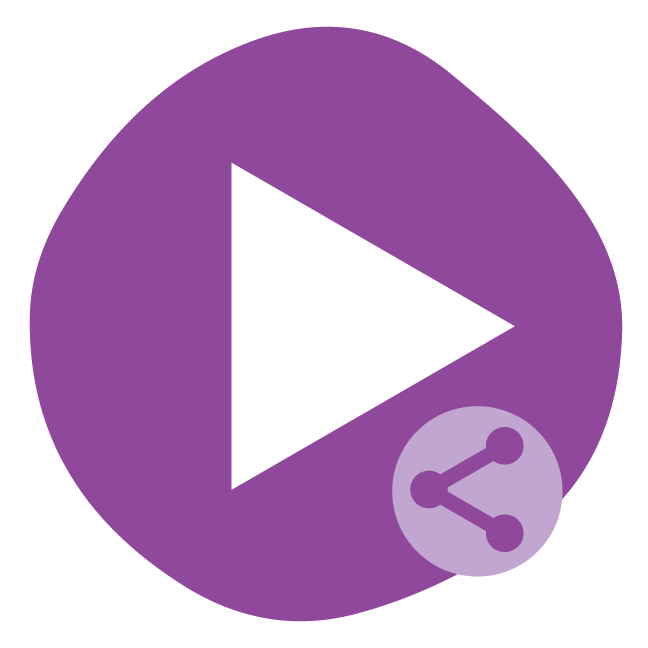
Videos Shared
300
School Leadership Reflections
Several stakeholders of the CRRC believe that Swivl brings value for the evaluation of residents and improves the professional development opportunities and culture on their campuses.
Joanna Nesbitt is an Instructional Coordinator at Caddo Parish Schools, which has provided Swivl Robots on every campus for coaching, teacher self-reflection and other integrative tech experiences for student and educator learning.
According to Nesbitt, “I was still able to be a part of that clinical residents’ learning because I could watch and provide feedback remotely. They can watch the video not only to see what they may need to improve upon but also see for themselves something they did incredibly well.”
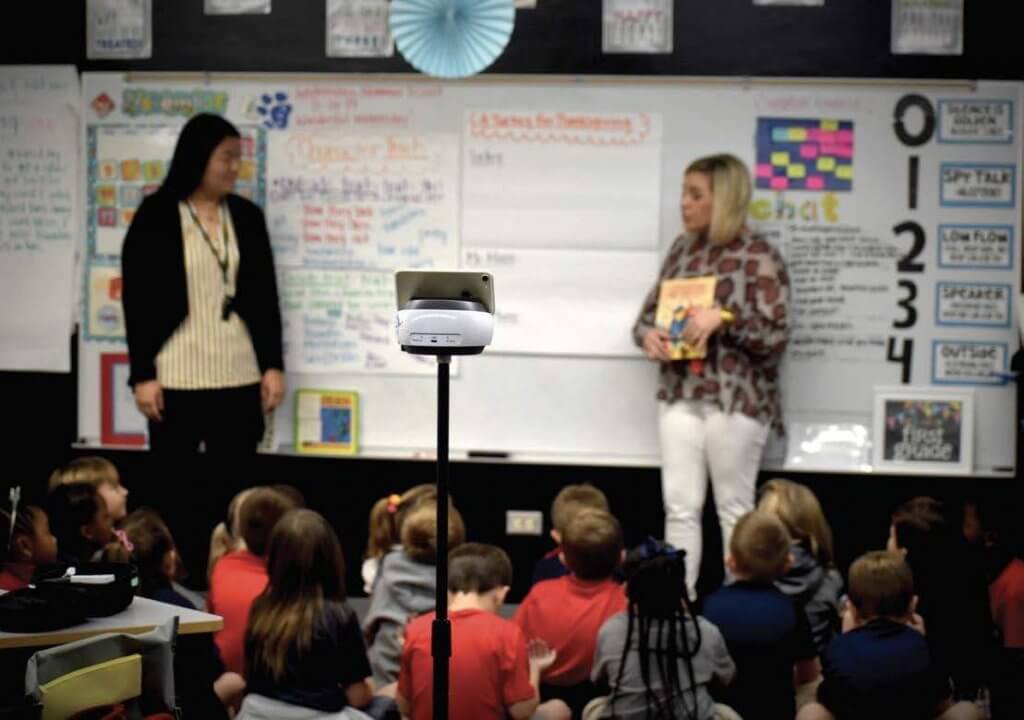
Another School Leader member of the TEAM, Stephanie Whitten, a Curriculum Coordinator at A.E. Phillips Laboratory School, also agreed that the powers of self-reflection cannot be understated. Both Nesbitt and Whitten agree that high-quality feedback is what makes Swivl’s platform stand out. In addition to high quality video and audio, time-stamped commenting in the platform has elevated the quality of feedback from all TEAM Model clinical faculty supporting the residents. Louisiana Tech teaches residents the components of the Danielson Rubric by requiring it to be tagged in the video using Rubrics and Time-stamped commenting.
The software is valuable because residents can review the video and identify strengths and areas for improvement through deep reflection. Then mentors, school leaders, and university professors can provide multiple perspectives and high-quality feedback to the resident. According to Whitten, “I love being able to provide feedback in my free time.”
This coaching cycle used throughout the academic year through Swivl is a key strength to the professional growth of Louisiana Tech’s residents. In fact, for those mentors pursuing state endorsement, the Swivl documentation has been used as evidence of effective coaching. With an emphasis on growing the state’s future teachers, Swivl has definitely become a key tool in the TEAM Model to provide essential feedback and establish strong self-reflection practices in future teachers.
Having the teachers in the classroom for practicum was very nerve-wracking, so Swivl takes the pressure off because you aren’t constantly keeping your eye on the evaluator, wondering what they are writing.
— Sarah Cowell